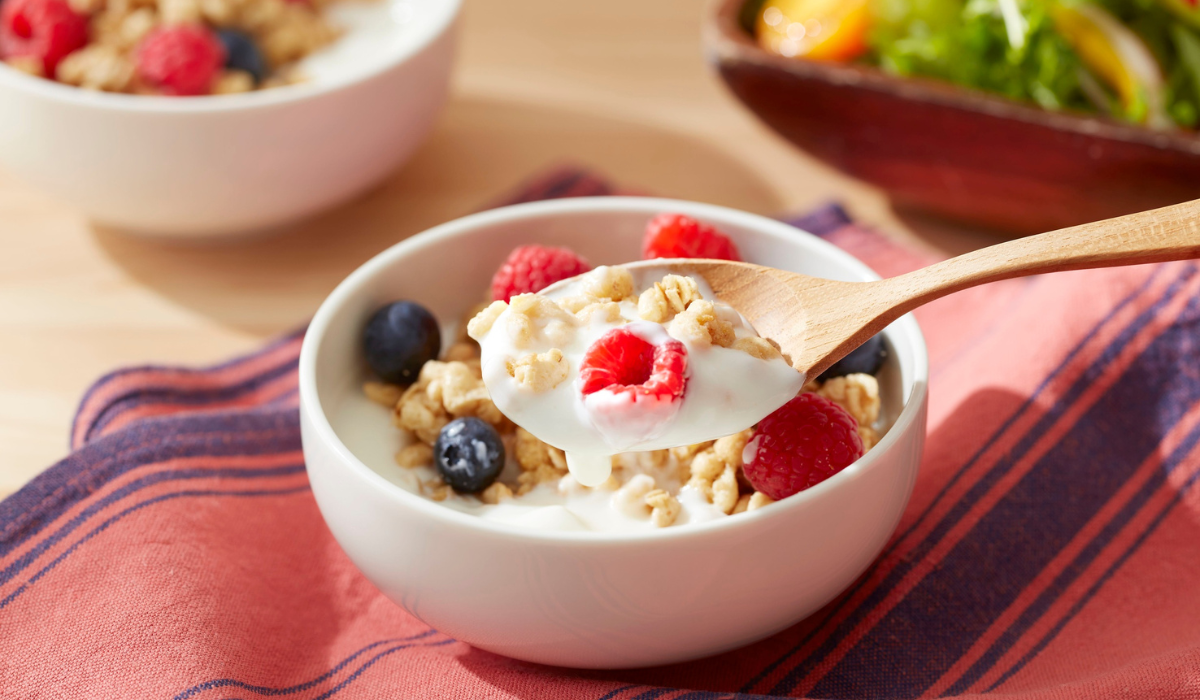Grits are an old comfort food, and they’re especially popular in the Southern United States. But are grits good for diabetics? Let’s get to the point in simple, everyday language so that you can make better decisions in your life. It’s extremely valuable to know how grits impact your blood sugar so that you can eat them safely, especially if you’re managing Diabetes Mellitus.
Our free primary care service can help you better understand how everyday foods like grits affect your health and support you in living well with diabetes.
What Are Grits and How Are They Made?
Grits are milled corn and are available in several forms: stone-ground, hominy, quick, and instant. Stone-ground grits, while more nutritious, are processed and include preservatives along with quick and instant grits. Grits are cooked in water or milk and served hot, and they can be served with butter, cheese, or sugar—foods that are not best for blood sugar regulation.
Are Grits Good for Diabetics? Understanding the Basics
The short answer: it depends. Grits are carb-loaded and have the potential to lead to a sudden spike in blood glucose. A cup of cooked grits contains approximately 38 grams of carbs, a vast majority of which is starch with some fiber.
For diabetics, all that carb is something to watch out for. But grits aren’t entirely off the table. The way you cook them and the way you serve them can make all the difference.
Nutritional Value of Grits: What Diabetics Should Know
Here is a simple breakdown for 1 cup cooked grits (no added butter or sugar):
- Calories: 180
- Carbohydrates: 38g
- Protein: 4g
- Fat: 1g
- Fiber: 1g
Not a lot of fiber, and fiber slows down the absorption of sugar. So it is for this reason that the consumption of grits along with high-fiber and protein-containing food can reduce the glycemic load.
Glycemic Index of Grits and Its Impact on Blood Sugar
Grits are high GI—about 69 to 96, depending upon the type and preparation. High GI foods raise blood sugar faster, which is not good for diabetics.
- Stone-ground grits have a low GI because they are minimally processed.
- Instant grits have excessive processing and thus the highest GI and are most likely to result in a blood sugar rise.
When you do consume grits, have stone-ground grits and pay attention to portion sizes.
Are Grits Safe for Diabetics When Eaten in Moderation?

Yes, but with some limitations. This is how one can make grits diabetic-friendly:
- Keep portions at 1/2 cup to manage carbs.
- Add fiber: Add flaxseeds and mix in, or top with greens.
- Add protein: Add eggs, Greek yogurt, or lean proteins on top.
- Steer clear of buttery or sugary toppings.
It’s all about balance. The occasional grit with common sense won’t necessarily harm your blood sugar.
Health Risks of Grits for Diabetics: What to Watch Out For
If consumed too frequently or cooked with rich, high-fat toppings, grits can:
- Trigger blood sugar spikes
- Contribute to weight gain
- Put insulin resistance at risk
Also, many people eat grits as part of a high-carb breakfast, which can start your day with elevated glucose levels.
Better Grain Alternatives to Grits for Diabetic Diets
If you’re looking for lower-carb or higher-fiber options, try:
- Steel-cut oats: Lower GI and more fiber
- Quinoa: High in protein and fiber
- Barley: Suitable for blood sugar management
- Cauliflower grits: Low in carbs but still satisfying
- Buckwheat: Gluten-free with increased fiber
These grains will make it easier to control your blood sugar while still having the ability to enjoy a hot, filling meal.
Tips for Including Grits in a Diabetic-Friendly Meal Plan
If you do not want to put grits on your plate, you can try the following:
- Use stone-ground grits rather than instant grits
- Add veggies and lean protein to the meal
- Test your blood sugar before and after you eat
- Replace dairy milk with water or unsweetened almond milk.
- Attempt to test out herbs and spices as alternatives to butter or cheese for adding flavor
A little goes a long way when it comes to spicing up your everyday options.
Conclusion
So, are grits good for diabetics? Grits are not an either-or. They’re certainly high in carbs and will spike blood sugar, but they can have a place on a diabetic diet—they can be used if eaten extremely sparingly and as part of other good foods. Always use less processed varieties and pay attention to portions.
If you don’t know how a particular food will influence your glucose, you can experiment with a glucose monitor or just visit your doctor. It’s about determining what will be best for your body and overall health. To understand more about this condition, explore this guide to Diabetes Mellitus.
FAQ’s
Can diabetics eat grits every day?
It is healthier for diabetics to have grits occasionally instead of daily. Frequent repetition of consumption, without the inclusion of protein or fiber, results in persistently elevated levels of blood sugar levels in the long run.
Are stone-ground grits better for diabetics than instant grits?
Yes, diabetics benefit from stone-ground grits. They are of lower glycemic index and less processed, and thus make blood sugar rise more gradually than highly processed instant grits.
What can I add to grits to make them more diabetic-friendly?
Add lean protein sources like eggs or grilled chicken, non-starchy veggies like spinach or kale, and healthy fats like avocado to grits to make them a better option for blood sugar regulation. Avoid adding sugar, butter, and cheese.
Are grits better than oatmeal for diabetics?
Overall, oatmeal, and especially steel-cut oats, is a healthier diabetic option. Oatmeal has a lower place on the glycemic index and greater fiber per serving, and therefore performs better for sustained energy and balancing blood sugar.






